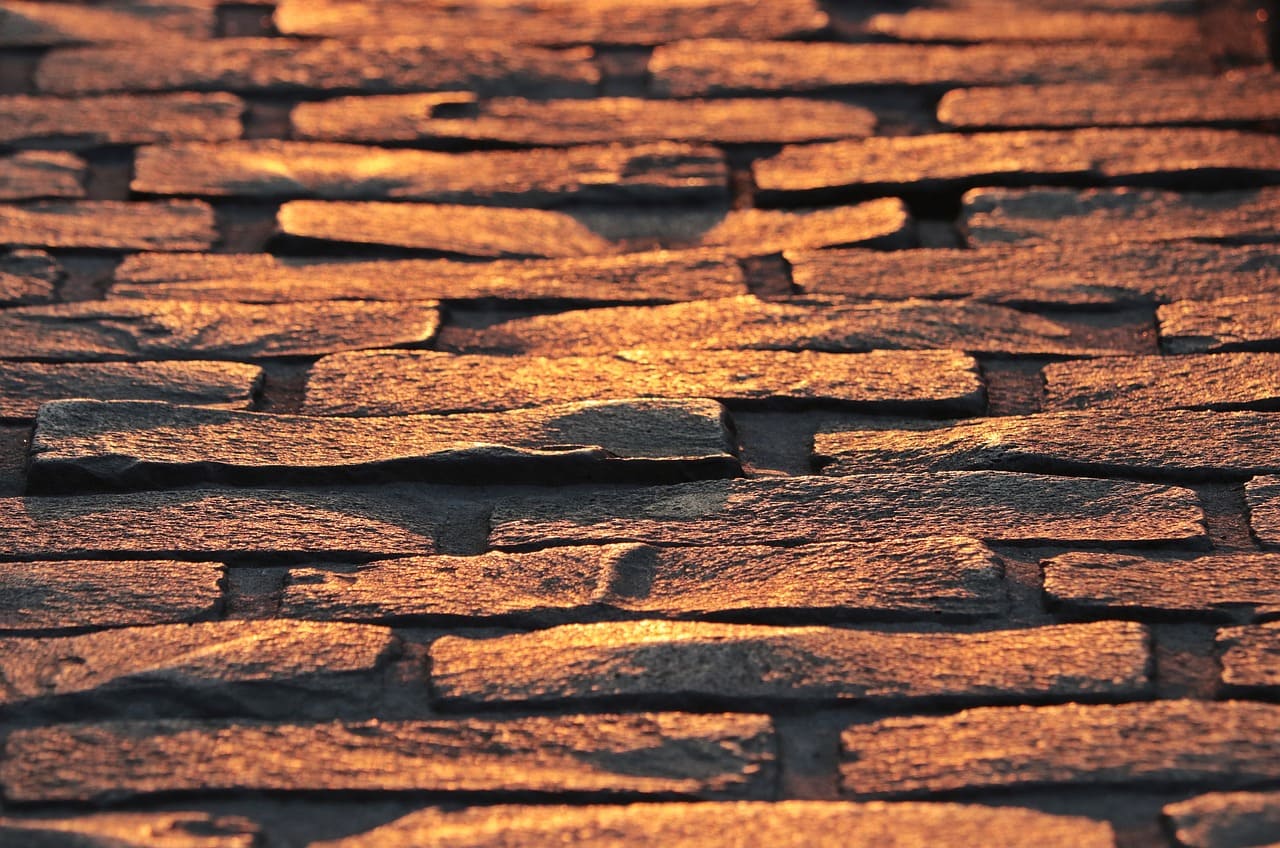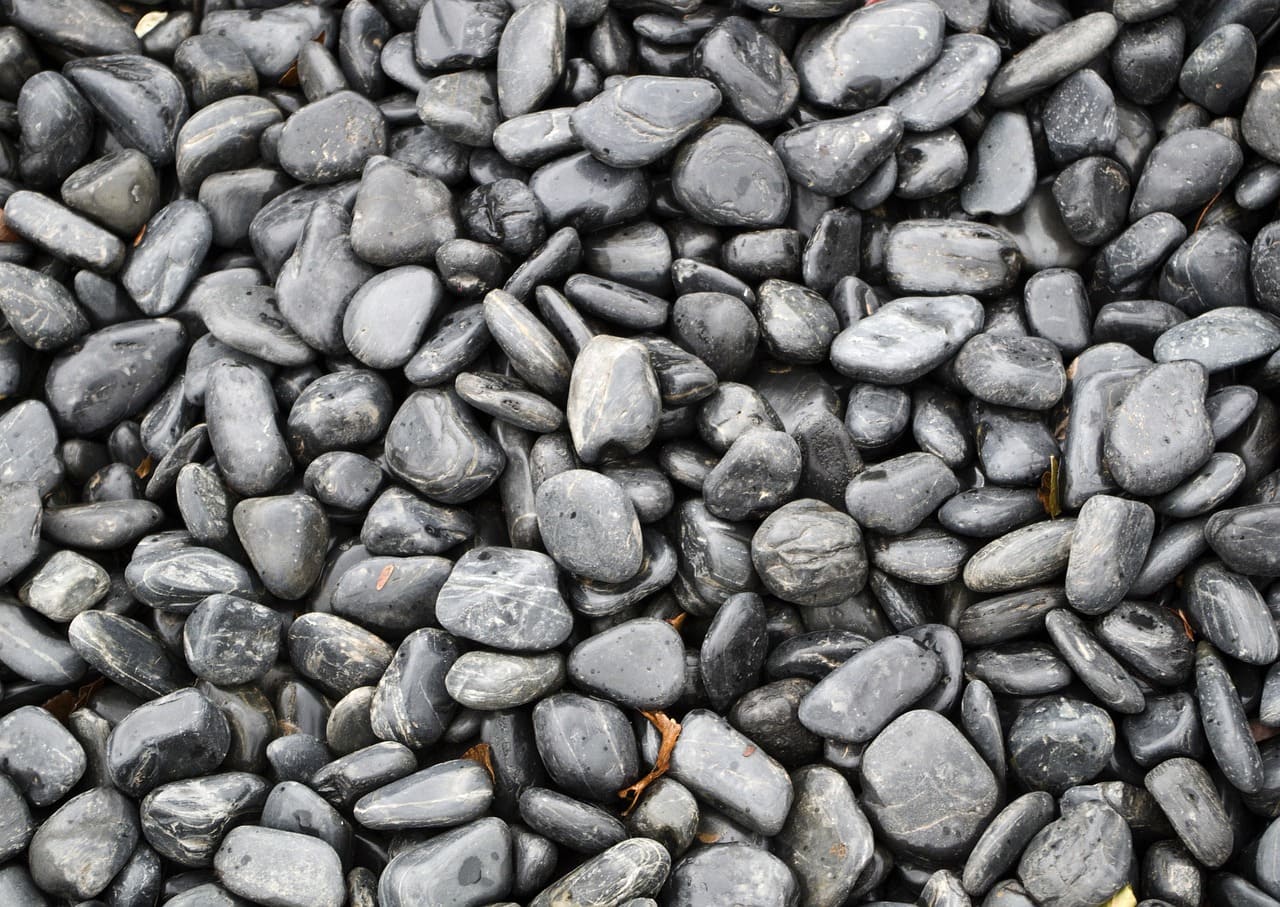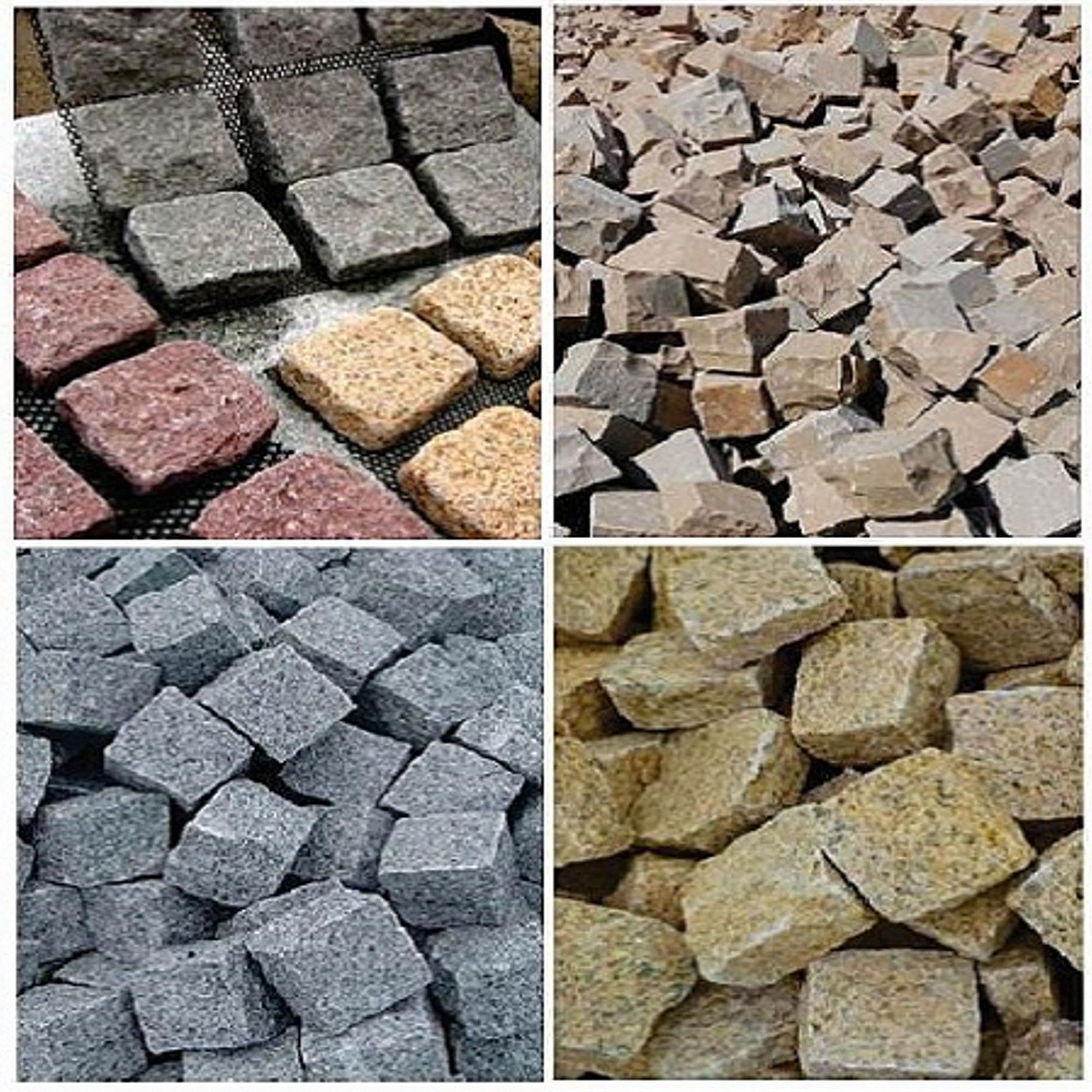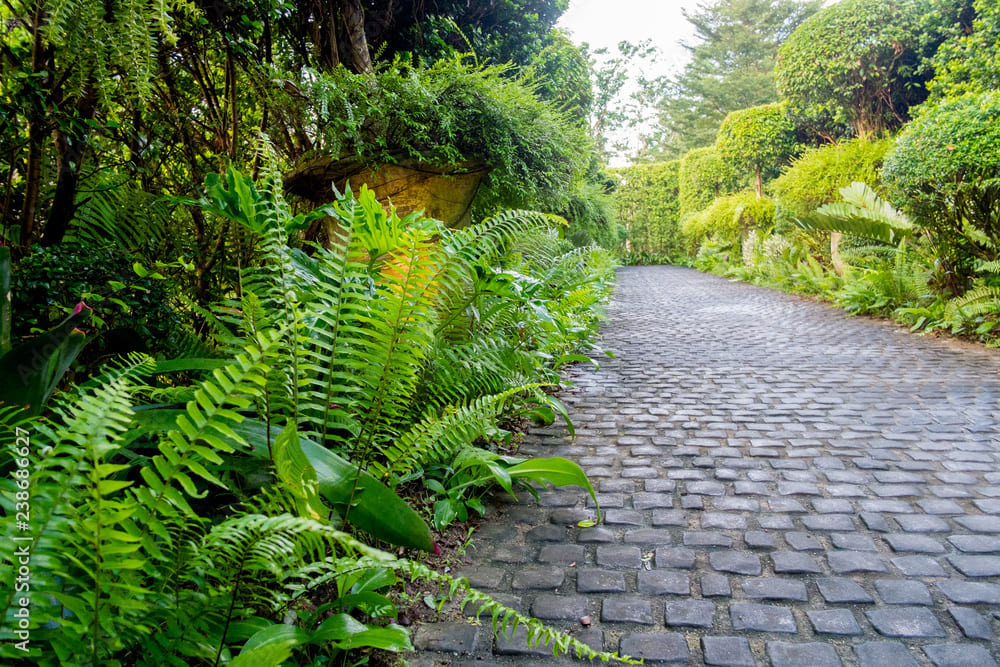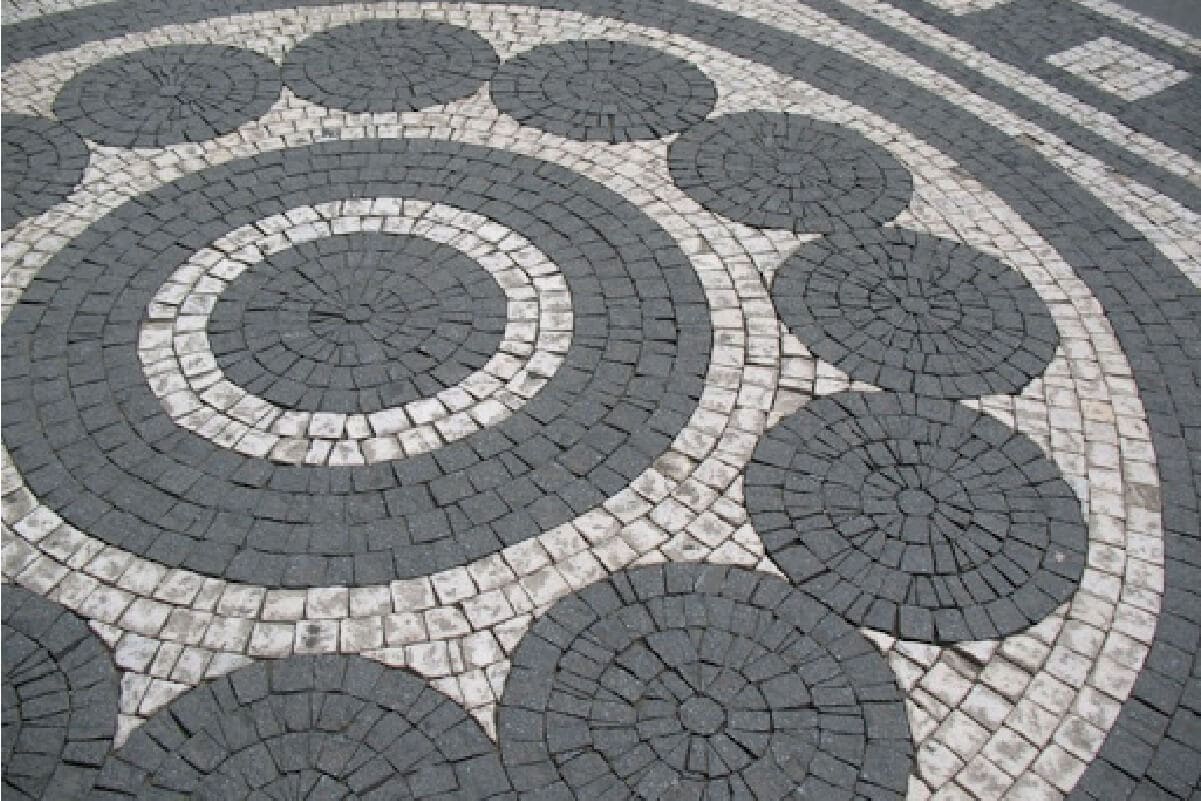Natural cobbles are rounded stones that have been formed by natural
processes, giving them a unique and rustic appearance. Natural cobbles have
become a popular option for both utilitarian and ornamental uses because to
its organic forms, various hues, and uneven surfaces. This blog article will
dig into the enthralling world of natural cobbles, showcasing their
qualities, origin, popular types, and the wide variety of applications where
they may offer a touch of charm and individuality.
1. Aesthetic Appeal of Cobblestone:
The aesthetic appeal of cobblestone refers to the visual and tactile features connected with
this kind of natural or man-made stone that is often employed in pavement surfaces. Cobblestone
roads and walkways have a millennia-long history. Cobblestones may evoke a sense of legacy and
traditional craftsmanship, contributing to their gorgeous and timeless appeal.
Cobblestones are formed naturally as a result of riverbed erosion or quarrying. The rounded
forms and smooth surfaces are the product of the constant activity of water, weather, and
geological processes. This natural structure lends each cobblestone its personality.
Cobblestones' natural beauty stems from their organic creation, color diversity, tactile
texture, connection to nature, aged patina, permeability, compatibility with green areas, rustic
appeal, integration with the surroundings, and, in certain cases, cultural and historical value.
These qualities combined add to the long-lasting appeal and beauty of cobblestones in diverse
outdoor situations.
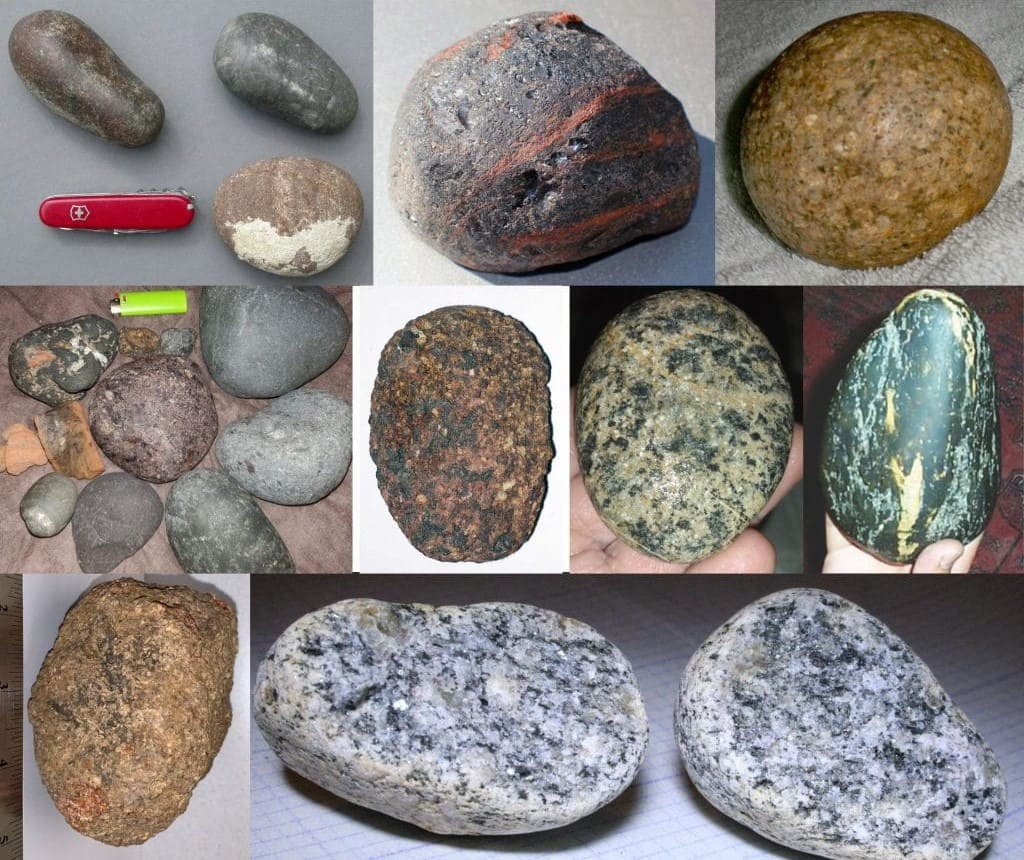
2. Sourcing and Selection of Cobblestone
When sourcing and selecting cobblestones for a project, consider the kind of stone, size, color,
durability, and budget.
Determine the intended use of the cobblestones (e.g., driveway, walkway, patio).
Consider the climate conditions of the area where the cobblestones will be installed.
Learn about different types of cobblestones, such as granite, basalt, sandstone, limestone.
Royal Indian Stones are reputable suppliers of various types of natural cobblestones.
3. Different types of cobblestones rock:
Cobblestone is a naturally rounded stone that is often used for paving roads and paths. Cobblestones
may be classified into many categories based on its origin, source material, size, and appearance :
Granite Cobblestones: These cobblestones, made of granite, are noted for their strength
and resistance to wear. They come in a variety of colors, including grey, pink, and red.
Basalt Cobblestones: Basalt is a black, solid volcanic rock that is frequently used
because of its hardness and durability. They usually have a dark grey or black color.
Sandstone Cobblestones: Sandstone cobblestones are softer than granite or basalt, yet
they retain a rustic and natural appearance. They come in a variety of shades, including beige,
brown, red, and yellow.
Limestone cobblestones: They are softer and less dense than granite or basalt. They are
available in a variety of natural colors, including beige, tan, and grey.
4. Garden & Landscape Design with Cobblestone :
Natural stones are inherently durable. Cobblestones are also included. They can endure external
pressure and vehicle weight with great flexing strength. This implies that if they are set on a
dry paver foundation, the grout gap might expand in the event of a severe load.
Rock Gardens: For a natural and textured appeal, use cobbles into
rock gardens.
Planter Accents: Adding cobbles to planters to make them more
interesting or to create unusual planter layouts.
Decorative Elements: Using cobbles to create focal points in
sculptures, stepping stones, or garden accents.
5. Applications in Interior Design of Cobblestone :
Cobblestones may be a distinctive and visually attractive feature in interior design, providing a
sense of rustic charm and character to a room.
Flooring: Cobblestones are a unique and durable flooring option for entryways, mudrooms,
and even larger living spaces. Cobblestone flooring provide character and rustic appeal.
Hearthstones and fireplaces: Create a distinctive fireplace surround using cobblestones.
This might give the living area an old-world charm or rustic vibe.
Kitchen backsplashes : Install cobblestones as a kitchen backsplash to create a visually
appealing focal point. Cobblestones in neutral tones work well with a variety of kitchen designs
and color choices.
Bathroom Design: For a distinctive design, Use cobblestones in the bathroom for flooring,
as part of a shower design, or even as an accent wall to create a spa-like atmosphere.
6. Design Style Cobblestones :
Traditional and Cottage Designs: Embracing cobblestones' timeless charm in traditional or
cottage-style constructions. Traditional and cottage designs often have a warm and welcoming
appearance, which may be enhanced by the use of cobblestones.
Mediterranean and Rustic Designs: Cobblestones may be smoothly incorporated into both
Mediterranean and rustic designs, bringing a timeless and attractive touch to both styles.
Eclectic and artistic designs:Eclectic and creative designs allow you to mix and match a range
of styles, materials, and textures to create a visually appealing and distinctive place.
Cobblestones can be used in such designs to offer historical significance, texture, and character.
Conclusion:
Natural cobbles have a lovely and timeless beauty that may be used to
improve both outdoor and interior environments. Their vibrant colors,
organic forms, and textured surfaces offer depth and character to any
design. We may embrace the rustic appeal of natural cobbles and create
fascinating places that effortlessly integrate with nature and convey a
feeling of warmth and peace by knowing their origin, investigating their
numerous uses, and preserving their beauty.

